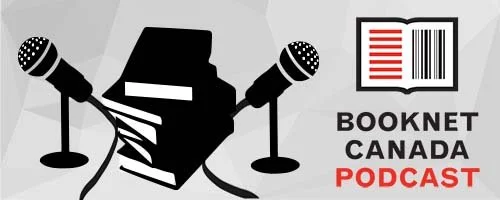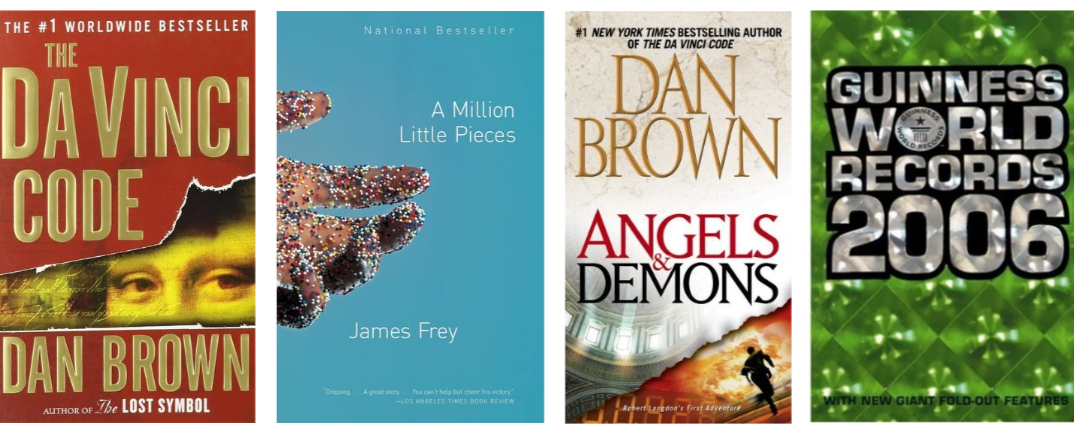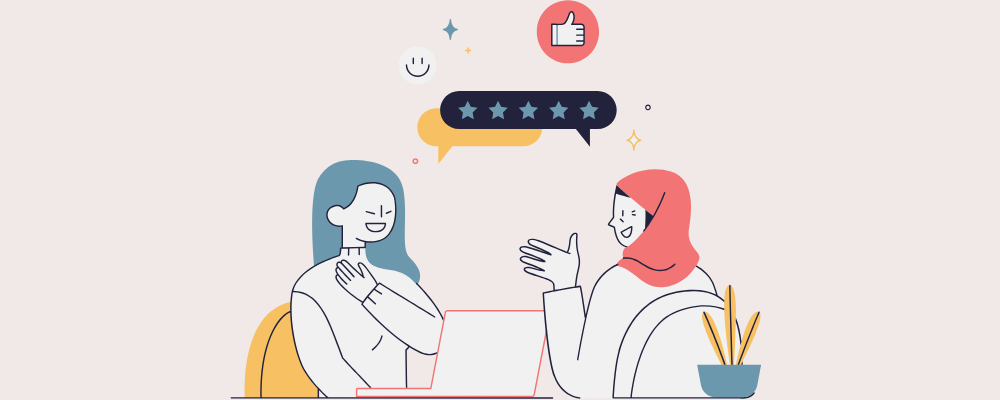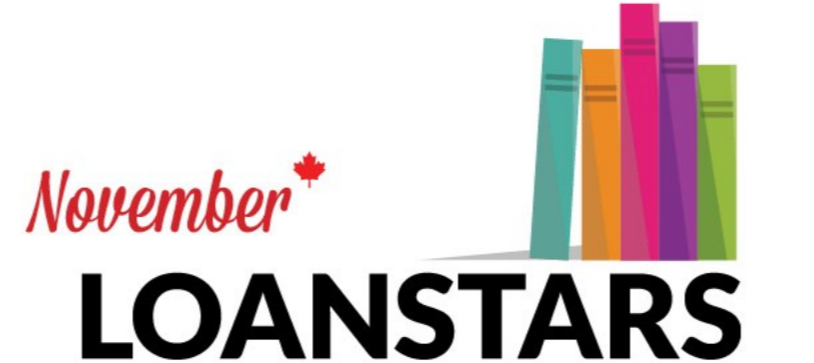The first advice experts give when talking about marketing or sales is: get to know your audience. It makes sense, if you learn about your consumers' habits, behaviours, and preferences you’ll be able to:
reach your current and potential customers where they spend most of their time;
allocate money to marketing campaigns and projects in a strategic way;
understand where they’re coming from and who they are;
learn about their interests, what they like and what they don’t; and
ultimately, sell them the books they want in the ways they want to acquire them.
But, where should you even begin? A good starting point is this blog post series where we’ll be sharing what BookNet Canada learned about Canadian book consumers in 2021.
The data we’re about to share is a portion of the results of our quarterly Canadian Book Consumer surveys querying Canadians about their book purchasing behaviour. You can find the complete results in the free Canadian Book Consumer Study 2021.
The results we're discussing use data from April, June, September, and December 2021 (what we call the “past month”). We surveyed a total of 10,218 adult Canadians to identify 2,065 buyers. Those buyers bought a total of 5,698 books; a monthly average of 2.76 books per buyer.
Who are the Canadian book buyers?
Of the 2,065 buyers, 53% identified as female and 47% identified as male. In terms of age, most book buyers were 45 or over with 65+ years old book buyers having the highest representation in the study at 20%, followed closely by the cohort of 45-54 years old at 19%.
For household income, 20% of buyers reported an income of $34,999 or under, 23% selected $50,000–$74,999, and 19% selected $100,000–$149,999.
We asked buyers whether they would describe themselves as belonging to at least one non-dominant, poorly represented, or not advantaged group in Canada. Slightly more than half of buyers said they would (56%) and the rest of the buyers said they would not (44%).
Consumer behaviour
The books consumers seek
Slightly more than half of buyers searched for at least one of the following in 2021:
Books by Canadian authors/illustrators (31%)
Books about Canada or regions within Canada (25%)
Books about a group or culture written by people from that group or
culture (22%)Books that are partly or fully written in another language (12%)
We started asking halfway through 2021 whether buyers searched for books about Indigenous peoples — 6% had — and books by Indigenous authors/illustrators — 5% had.
Reading frequency
In terms of reading frequency, we found that about four in ten buyers read or listened to a book at least monthly. Looking at reading frequency by format:
15% of book buyers said they read a print book daily and 16% a few times a week
12% of book buyers said they read an ebook daily and 16% a few times a week
10% of book buyers said they listened to a digital audiobook daily and 16% a few times a week
You can find more insights about reading frequency in the study.
The impact of COVID-19
In 2021, 47% of buyers agreed that COVID-19 impacted their book buying. Though that’s down from 2020, when 62% agreed their book buying was impacted by COVID-19 with another 31% saying their book buying was somewhat impacted.
Book buying and borrowing
When we look at library borrowing among book buyers we found that 13% borrowed a print book (18% in 2020), 8% borrowed an ebook (same as in 2020), and 6% borrowed an audiobook (5% in 2020). Of note, 66% of buyers had a library card (31% did not). (We surveyed 2,750 buyers in 2020 and 2,065 buyers in 2021.)
On the other hand, buyers said they acquired books in the previous month in the following ways:
49% bought a new print book
21% bought an ebook
15% bought a secondhand/used book
11% of buyers accessed a digital book through a subscription (mainly Amazon Prime/Kindle Unlimited, 35%, or Audible, 31%)
9% bought an audiobook
But how do they decide when to buy or borrow a book? These are some of the actions buyers generally took when making their decisions:
Read the book description (51%)
Read reviews about the book (33%)
Look at the subject/genre of the book (30%)
Look at the cover (28%)
See who the author is (26%)
Check to see if the library has it (18%)
Compare the price in multiple places (17%)
Read about the author (16%)
Visiting and supporting bookstores
Almost all book buyers (96%) said that it was important for society to have physical bookstores. Though 75% of buyers said there was a physical bookstore located near them.
So how frequently did book buyers visit bookstores? According to our survey, 86% of buyers visited a bookstore, either in person or online, at least once in the past month — 76% online and 55% in person. A fairly hefty percentage visited more frequently, 72% of buyers said that they visited 1-4 times in the past month: 45% in person and 53% online.
Bookstore visits, by quarter 2020-2021
That’s all for today!
Sign up to get our weekly newsletter to not miss any of the upcoming instalments of this mini-series or if you want to jump right in, download the PDF or EPUB version of the study from our website.















The latest news out of the European Commission.